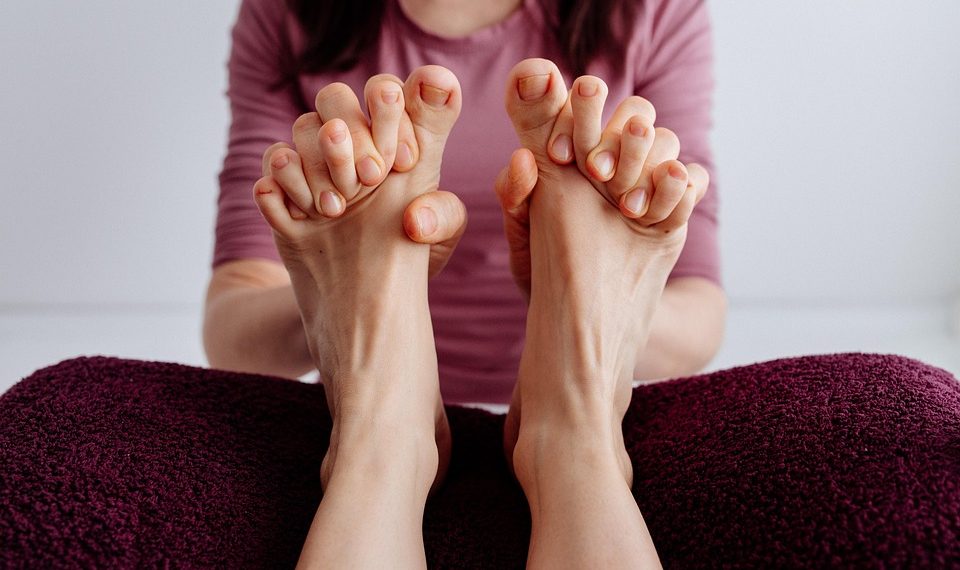Mind-body therapies are a powerful way to transform your well-being. These practices integrate your mental, emotional, and physical health, creating a harmonious balance that can lead to profound changes in your life. You might be wondering why this matters. Well, in a world filled with stress and chaos, nurturing the connection between your mind and body can be the key to unlocking a happier, healthier you.
Contents
Understanding Mind-Body Therapies
Mind-body therapies encompass a variety of practices designed to foster the connection between your thoughts, emotions, and physical sensations. They aim to enhance your overall well-being by promoting relaxation, reducing stress, and encouraging self-awareness. These therapies are not just trends; they are backed by research and have been shown to improve mental clarity, emotional resilience, and physical health.
Why Mind-Body Therapies Matter
The significance of mind-body therapies lies in their holistic approach. Instead of focusing solely on symptoms, they address the root causes of stress and discomfort, allowing you to cultivate a deeper understanding of yourself. This journey towards self-discovery can lead to:
- Reduced stress and anxiety
- Enhanced emotional balance
- Improved physical health
- Greater overall life satisfaction
In this article, we will explore seven mind-body therapies that can help you transform your well-being. Let’s dive in!
1. Mindfulness Meditation
Mindfulness meditation is a practice that encourages you to be present in the moment. It involves focusing on your breath, bodily sensations, or the sounds around you. By doing so, you cultivate awareness of your thoughts and feelings without judgment.
Benefits of Mindfulness Meditation
- Reduces anxiety and depression: Numerous studies show that mindfulness can significantly lower levels of anxiety and depressive symptoms. According to the American Psychological Association, mindfulness can improve overall emotional well-being.
- Enhances focus and concentration: Regular practice can sharpen your attention and improve cognitive function.
- Promotes emotional health: Mindfulness fosters self-acceptance and compassion, allowing you to respond to situations with greater clarity and calmness.
Getting Started
To begin your mindfulness journey, set aside a few minutes each day to sit quietly. Focus on your breath, allowing thoughts to come and go without engaging with them. Gradually increase your practice time as you become more comfortable.
2. Yoga
Yoga is more than just a physical exercise; it’s a comprehensive system that integrates breath, movement, and mindfulness. This ancient practice promotes flexibility, strength, and balance while also nurturing your mental well-being.
Benefits of Yoga
- Reduces stress: Yoga has been shown to lower cortisol levels, the hormone responsible for stress. A study published in the Journal of Clinical Psychology found that yoga can significantly reduce stress and anxiety.
- Improves physical health: Regular yoga practice can enhance cardiovascular health, improve respiratory function, and boost immunity.
- Enhances self-awareness: Yoga encourages you to connect with your body and emotions, fostering a deeper understanding of your needs.
Getting Started
Join a local class or find online tutorials to explore different styles of yoga, such as Hatha, Vinyasa, or Restorative. Focus on finding a practice that resonates with you.
3. Tai Chi
Tai Chi is a gentle form of martial arts that emphasizes slow, flowing movements and deep breathing. It’s often described as “meditation in motion,” as it promotes relaxation and mental clarity.
Benefits of Tai Chi
- Enhances balance and coordination: Tai Chi can improve your balance, reducing the risk of falls, especially in older adults.
- Reduces anxiety and depression: Research published in the Journal of Clinical Psychiatry indicates that Tai Chi can significantly reduce symptoms of anxiety and depression.
- Promotes a sense of calm: The rhythmic movements and deep breathing can help induce a state of relaxation and mindfulness.
Getting Started
Look for local classes or online tutorials that teach the basics of Tai Chi. Start with simple movements and gradually build your practice.
4. Guided Imagery
Guided imagery is a therapeutic technique that uses visualization to promote relaxation and healing. By imagining calming scenes or positive outcomes, you can create a sense of peace and well-being.
Benefits of Guided Imagery
- Reduces stress and anxiety: Studies show that guided imagery can effectively lower stress and anxiety levels, leading to improved emotional health.
- Enhances physical healing: Visualizing healing can support your body’s natural recovery processes.
- Boosts self-esteem and confidence: By imagining positive outcomes, you can cultivate a stronger sense of self and empowerment.
Getting Started
You can practice guided imagery on your own or use recordings from trusted sources. Find a quiet space, close your eyes, and visualize a peaceful scene or a desired outcome in your life.
5. Reiki
Reiki is a form of energy healing that promotes relaxation and balance by channeling energy through the practitioner to the recipient. This practice can help clear emotional and physical blockages, allowing for healing and rejuvenation.
Benefits of Reiki
- Promotes relaxation: Reiki can induce a deep state of relaxation, reducing stress and promoting a sense of peace.
- Supports emotional healing: Many people find that Reiki helps them process emotions and release negative energy.
- Enhances overall well-being: Regular sessions can lead to improved physical health, emotional balance, and a greater sense of connection.
Getting Started
Seek out a certified Reiki practitioner in your area for an in-person session. Alternatively, you can explore online resources or self-healing techniques.
6. Breathwork
Breathwork encompasses various techniques that focus on the conscious control of breathing. By engaging in specific breathing patterns, you can influence your physical and emotional states.
Benefits of Breathwork
- Reduces anxiety and stress: Controlled breathing can activate the body’s relaxation response, lowering stress and anxiety levels.
- Improves mental clarity: Breathwork enhances oxygen flow to the brain, promoting better cognitive function.
- Enhances emotional release: Many people experience emotional breakthroughs through breathwork, allowing for healing and self-discovery.
Getting Started
Try simple techniques like diaphragmatic breathing, box breathing, or alternate nostril breathing. Dedicate a few minutes each day to practice and notice the changes in your state of mind.
7. Journaling
Journaling is a powerful tool for self-reflection and emotional processing. Writing down your thoughts, feelings, and experiences allows you to gain clarity and insight into your life.
Benefits of Journaling
- Enhances self-awareness: Journaling encourages you to reflect on your emotions and experiences, fostering a deeper understanding of yourself.
- Reduces stress: Putting your thoughts on paper can lighten the emotional load and provide a sense of relief.
- Supports goal-setting and accountability: Writing about your goals can help you stay focused and motivated.
Getting Started
Set aside time each day or week to write in your journal. Focus on your thoughts, feelings, and experiences. Don’t worry about grammar or structure; just let your words flow.
Bottom Line
Mind-body therapies can truly transform your well-being by fostering a deep connection between your mind and body. Whether you choose mindfulness meditation, yoga, Tai Chi, guided imagery, Reiki, breathwork, or journaling, you’re embarking on a journey toward greater self-awareness, emotional balance, and physical health.
Take the leap! Embrace one or more of these practices today and watch your life blossom in ways you never imagined. Your journey to holistic well-being is just beginning.
FAQ
What is the best mind-body therapy for beginners?
Mindfulness meditation is a great starting point as it requires no special equipment and can be practiced anywhere.
How often should I practice these therapies?
Aim for at least a few minutes daily, gradually increasing your practice as you become more comfortable.
Can I combine these therapies?
Absolutely! Many people find that combining different practices enhances their overall experience and benefits.
Explore these therapies and discover the one that resonates with you most. Your path to transformation awaits!
Get Your FREE Natural Health Guide!
Subscribe now and receive our exclusive ebook packed with natural health tips, practical wellness advice, and easy lifestyle changes — delivered straight to your inbox.














